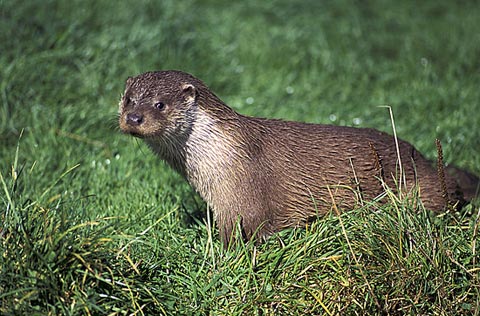National surveillance of otter distribution is maintained, under the overall guidance of DEFRA, by a set of plans and frameworks defined by initials and acronyms which change regularly and almost seem designed to confuse! Biodiversity Action Plans are replaced or supplemented by Species Action Plans; projects designed to harness different organisations to the same objectives come and go; the organisations themselves are renamed and their priorities reassigned. Any summary of all this would be quickly out of date.
Luckily, we don’t need to understand all the details of bureaucratic administration in order to appreciate three key points regarding the Eurasian otter:
- it is widely seen as an iconic and charismatic indicator of the health of our aquatic systems
- it has achieved the highest levels of international protection and spawned many obligatory requirements (habitat protection)
- it has made a good comeback in the UK but there is still a target to see it restored to 85% of all 10km squares by 2015.

In the UK, the particular legislation which currently (2012) protects our otters and their holts is provided by the Wildlife and Countryside Act, 1981 which is administered by Natural England. A good starting point is here.
Although the otter is now deemed to be doing well in England and Wales, and may be slipping down their list of priorities, the Environment Agency still regards it as a key indicator species for the health of the aquatic environment. As such, they continue to advise on procedures for rescue and rehabilitation and this fact sheet provides an excellent background to this and to other aspects of otter gen.
Another very useful document, aimed principally at the problems which otters sometimes cause for owners of fish farms can be found here.
Otter biology: a summary here.
Despite the recovery, there are still threats to otter survival in our countryside.

